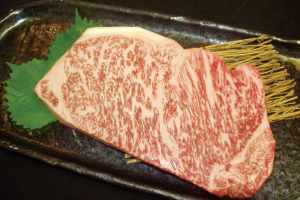 Teppanyaki is a style of dining that came to be after World War II when Japanese chefs tried cooking Western foods on Teppan (literally iron plate or griddle.) This style of cooking became very popular with foreigners in Japan as the foods were more familiar to them than traditional Japanese fare.
Teppanyaki is a style of dining that came to be after World War II when Japanese chefs tried cooking Western foods on Teppan (literally iron plate or griddle.) This style of cooking became very popular with foreigners in Japan as the foods were more familiar to them than traditional Japanese fare.
While most foreigners think of teppanyaki as steak or other meats with vegetables, teppanyaki refers to anything cooked on a teppan including the matsuri staple, yakisoba, and the often do-it-yourself okonomiyaki.
The Japanese restaurant chain Misono is generally credited as the first to prepare western foods in this manner. As the popularity of this style grew, the restaurants proliferated at the more popular tourist spots. The predominantly foreign clientele not only enjoyed the food, but were entertained by the maneuvers the highly skilled chefs. These chefs would often perform “tricks” and intricate moves while preparing the food. Some of these included juggling utensils, rapid-fire chopping with spatulas or flipping food high into the air or even into customers’ mouths. These chefs can stir, cut, season and divide each person’s portion onto plates on the teppan. The food is prepared on a surface that keeps it warm and can therefore be enjoyed at a leisurely pace. As the chef only works on one course at a time, there is no great rush and you can sit back, enjoy your drinks and enjoy the show.
Most North Americans may have had teppanyaki back home, with the most well-known teppanyaki restaurant in the United States being Benihana’s which opened their first restaurant in New York city in 1964. The experience is not much different in Japan, although the food tends to be fresher and more subtly flavored than in North America.
The food on offer at most teppanyaki restaurants usually includes beef, chicken, shrimp, scallops and vegetables such as bean sprouts. The meal is often accompanied by fried rice, garlic chips and there may be a variety of sauces on hand to compliment the dishes.
A typical North American teppanyaki restaurant will have four to eight guests sitting at a teppanyaki table with the teppan and the chef located in the middle. Because the guests are not necessarily of the same party, quite often the chefs are cooking different dishes for different guests simultaneously. However, many teppanyaki places in Japan will have counter seating with the chefs cooking on the teppan, as well as tables with no chef and no teppan, so that while you can enjoy the flavor of teppanyaki, you will not get the best view of the preparation.
Another nice thing about dining out for teppanyaki is that you can tell the chef exactly how you want each dish prepared, even to the extent of how much oil or seasoning is used.
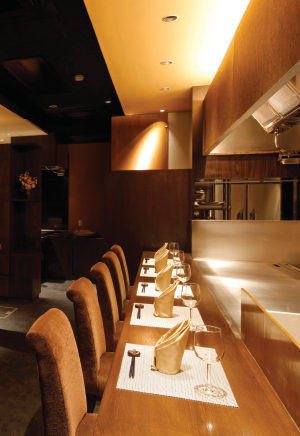 In Tokyo, there are many choices for teppanyaki dining from mid-priced to expensive with many of the most expensive being in international hotels. Zipangu in the Akasaka Excel Hotel offers traditional Japanese dining and is part of the Nadaman chain and runs between ¥10,000 and ¥15,000 for one person for dinner. This restaurant can cater to couples, groups and business dinners (contact 03-3580-3661, www.nadaman.co.jp). Kuijin in Shibuya offers teppanyaki with a grill counter, but with regular table seating available. Kuijin is known for it’s quiet and cozy atmosphere making it an ideal place for a date (contact 03-5459-8899.) Ginza Ukaitei is one of the higher-end places in Tokyo, blending a mix of Japanese and Western décor, the service and high quality food justifies the higher prices. The food here is prepared in front of you, but after cooking, you will retire to another room to eat the dishes (contact 03-3544-5252, www.ukai.co.jp). MADOy in Akasaka is surprisingly inexpensive when you consider the high quality ingredients on offer; they use organic vegetables, Iberico pork, prime beef and other ingredients for less than ¥10,000 per person (contact 03-3568-1686, www. blog.livedoor.jp).
In Tokyo, there are many choices for teppanyaki dining from mid-priced to expensive with many of the most expensive being in international hotels. Zipangu in the Akasaka Excel Hotel offers traditional Japanese dining and is part of the Nadaman chain and runs between ¥10,000 and ¥15,000 for one person for dinner. This restaurant can cater to couples, groups and business dinners (contact 03-3580-3661, www.nadaman.co.jp). Kuijin in Shibuya offers teppanyaki with a grill counter, but with regular table seating available. Kuijin is known for it’s quiet and cozy atmosphere making it an ideal place for a date (contact 03-5459-8899.) Ginza Ukaitei is one of the higher-end places in Tokyo, blending a mix of Japanese and Western décor, the service and high quality food justifies the higher prices. The food here is prepared in front of you, but after cooking, you will retire to another room to eat the dishes (contact 03-3544-5252, www.ukai.co.jp). MADOy in Akasaka is surprisingly inexpensive when you consider the high quality ingredients on offer; they use organic vegetables, Iberico pork, prime beef and other ingredients for less than ¥10,000 per person (contact 03-3568-1686, www. blog.livedoor.jp).
Teppanyaki restaurants run the gamut from fairly inexpensive to quite expensive especially those offer Kobe or Mishima beef on their menus. Teppanyaki dining is usually a slow meal and it is a great way to enjoy delicious food while sitting back and enjoying a show.
By James Souilliere
From WINING & DINING in TOKYO #36

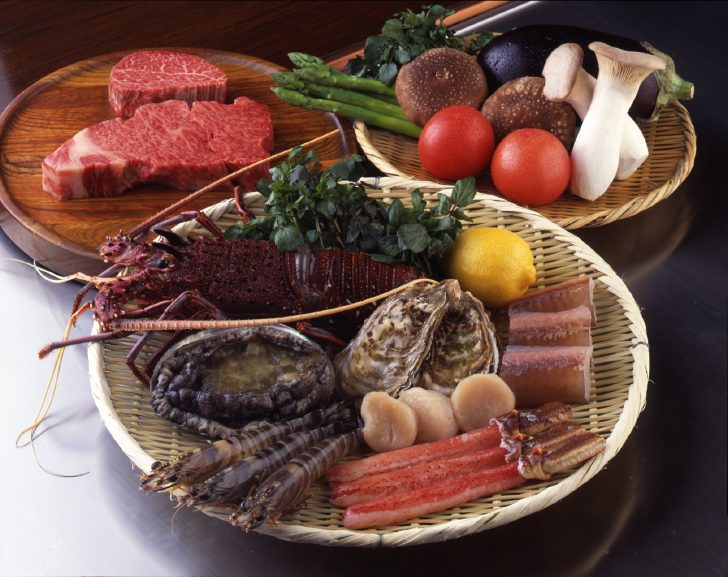


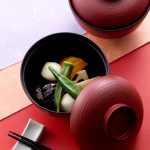
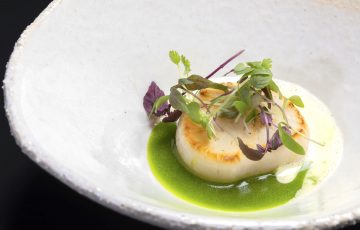
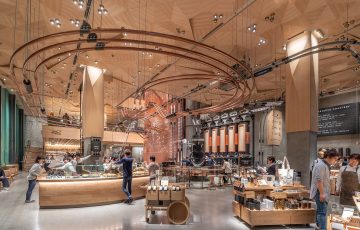
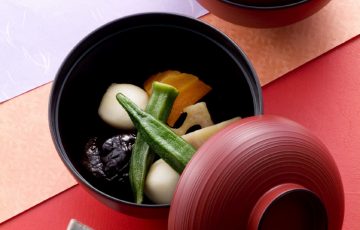
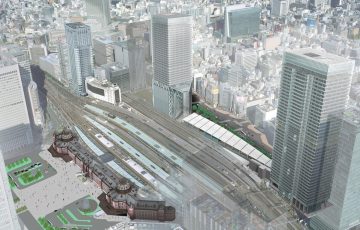
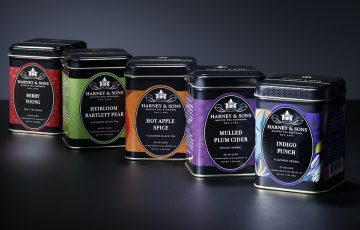
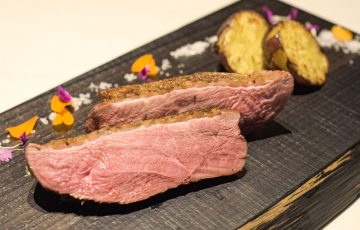
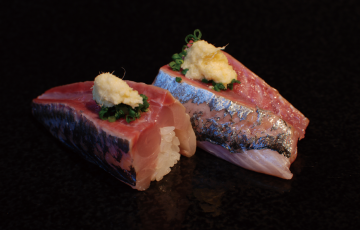
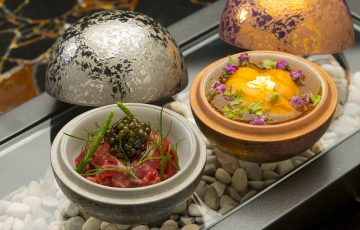


Recent Comments